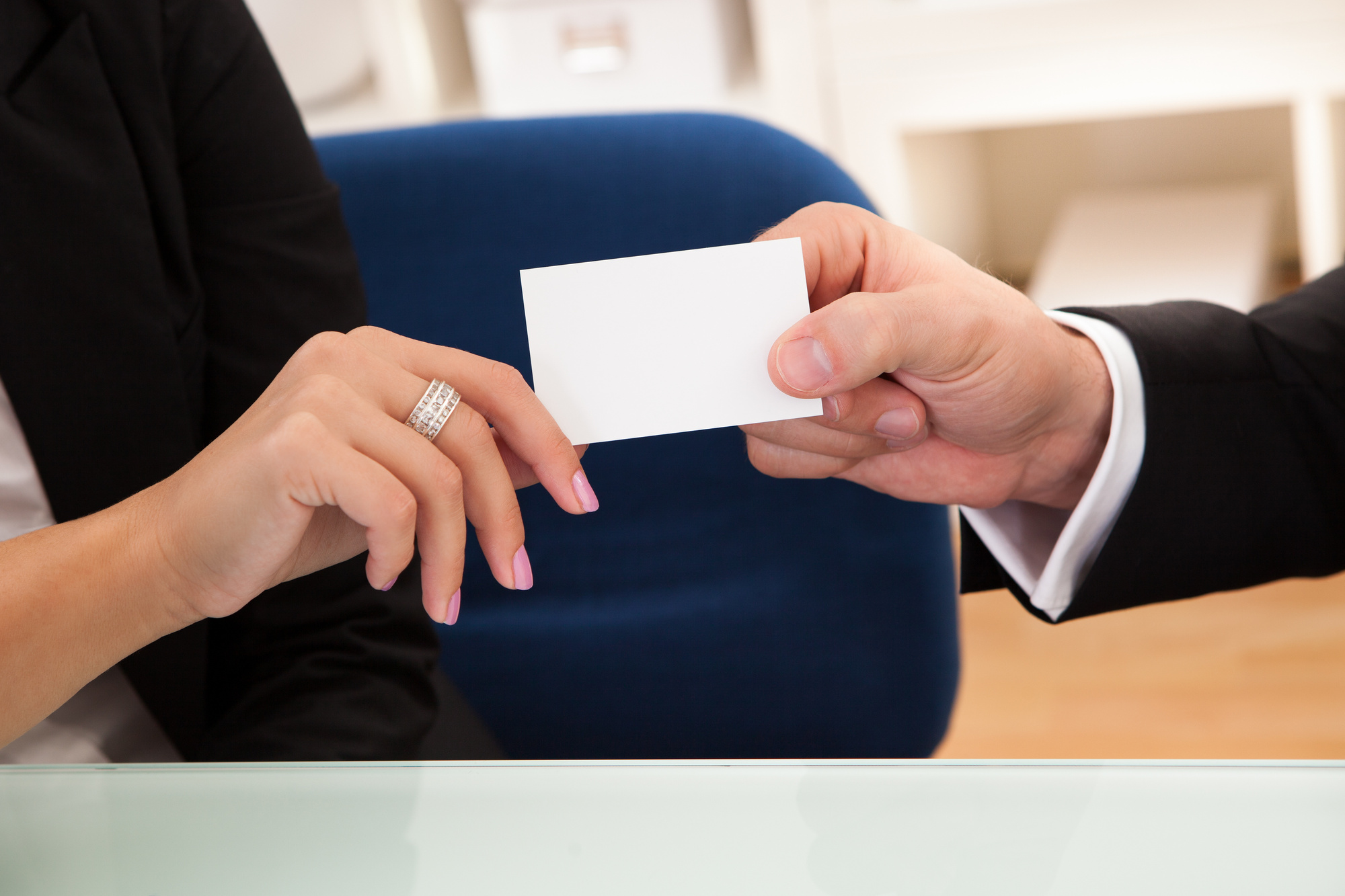10 Business Card Design Tips That’ll Help You Leave a Great Impression
Searching for business card design tips? Whether you’re an employee or you’re getting ready to start your own business, you need business cards to promote your services.
Business cards have been a staple of marketing your business since the Chinese used them in the 15th century. In the 17th Century, Europeans used them as advertisements.
They’re still used in the digital age. Today, companies that hand out business cards see a 2.5% increase in sales.
A properly designed business card can make a long-lasting impression. It can also remind someone of a great conversation they had with you and make them want to follow up with an email or phone call.
Ready to learn the top 10 design tips for your business cards?
Let’s get started!
1. Know Your Value Proposition
About 88% of business cards get thrown out in a week.
That seems like a harsh statistic, but remember, no one keeps a Rolodex on their desk anymore. The contact information gets scanned and uploaded to a CRM.
Another reason why cards get tossed is that the person doesn’t need your services right away. You can avoid the garbage can by knowing and communicating why someone would need your services now.
It’s a simple statement that says what you do, who you do it for, and what makes your company different.
A good value proposition will attract the right buyers and is more effective to have on a business card than a list of services you provide.
2. Know Your Company’s Brand
The next thing to think about before you start designing is your brand. If you’ve taken the time to develop your brand, you should know what kind of message you want to make.
You should already have a color scheme and logo in place to make sure that your brand is consistent across marketing platforms.
Knowing your brand is a huge part of the design process. You want to know what you want people to think about or feel when they see your card.
Do you want them to think that your company is fun and memorable? Do you want them to think that your company is professional and reliable?
No matter what you decide, you need to make sure that the card reflects that.
3. What Shape & Size Will You Use?
Most business cards are 3.5 x 2 inches. That’s the standard size in the U.S. Elsewhere around the world, they’re larger.
You’ll also have to decide if you want rounded corners, regular corners or use something completely different.
Remember that because the card is 3.5 x 2 inches, it doesn’t mean that you have all that space for your design.
You have to accommodate about a quarter of an inch from the border for bleed and trim lines.
4. Keep it Simple!
A business card is a small space to work with.
The key to a great business card is simplicity. You want to be sure to include the relevant information such as your name, phone number, email, logo, and unique selling proposition.
You might want to include social media handles, too.
You have to be careful to only stick to the most important information, and not clutter up space like your office desk.
5. Use a Font That’s Easy to Read
The font that you use should match your brand. It should also be very easy to read at a quick glance.
You have a very short window to make a lasting impression. Using multiple fonts can be confusing and hard to understand.
Ideally, you should stick with 1 or 2 related fonts. You also want your type to be 8pts large or larger.
6. Use Whitespace Wisely
Whitespace, or negative space, can provide balance to your design. It’s not just an empty area on your card, but a tool used to draw the eye to the most important elements of your card.
Whitespace can also prevent you from cluttering up your card with too many images.
7. Try Creative Materials
If you want to stand out, make your business card out of something other than a standard stock of thick paper.
Remember that you want your card to stand out from all the others, and a different material is a good approach.
Silk covered cards, recycled materials, plastic, and metals are being used as business card material.
8. Make Your Business Card Practical
If you want to take your business card to the next level, make it useful. You can have a business card that turns into a plant or even a cheese grater.
If you’re looking for a business card that’s impossible to throw away, try a business card that’s a bottle opener. This company can make them.
9. Proofread Before You Go to Print
There’s nothing worse than having 1000 business cards printed out and finding a typo in them.
Make sure that you proofread your work before you send the final draft to the printer. Check everything, especially the contact information.
Have someone else look at it to be positive that the information is correct.
10. Test a Few Copies
Once you’ve proofread your design, you should test it out.
Print out a couple of copies and take them with you to show friends or colleagues. Pretend that you’re handing over your business card and get feedback.
You’ll want to know what kind of impression the card makes. Does it communicate what you intended? Is it easy to read?
Take the feedback and make final adjustments.
You’re now ready to go to print.
The Best Business Card Design Tips
Business cards have a history that goes back hundreds of years. They’ve proven over time to be an effective marketing tool.
These business card design tips will help you stand out from the crowd and be a part of the 12% of cards that people hang on to.
If you want more great marketing tips, check out our Business Advice blog today.



